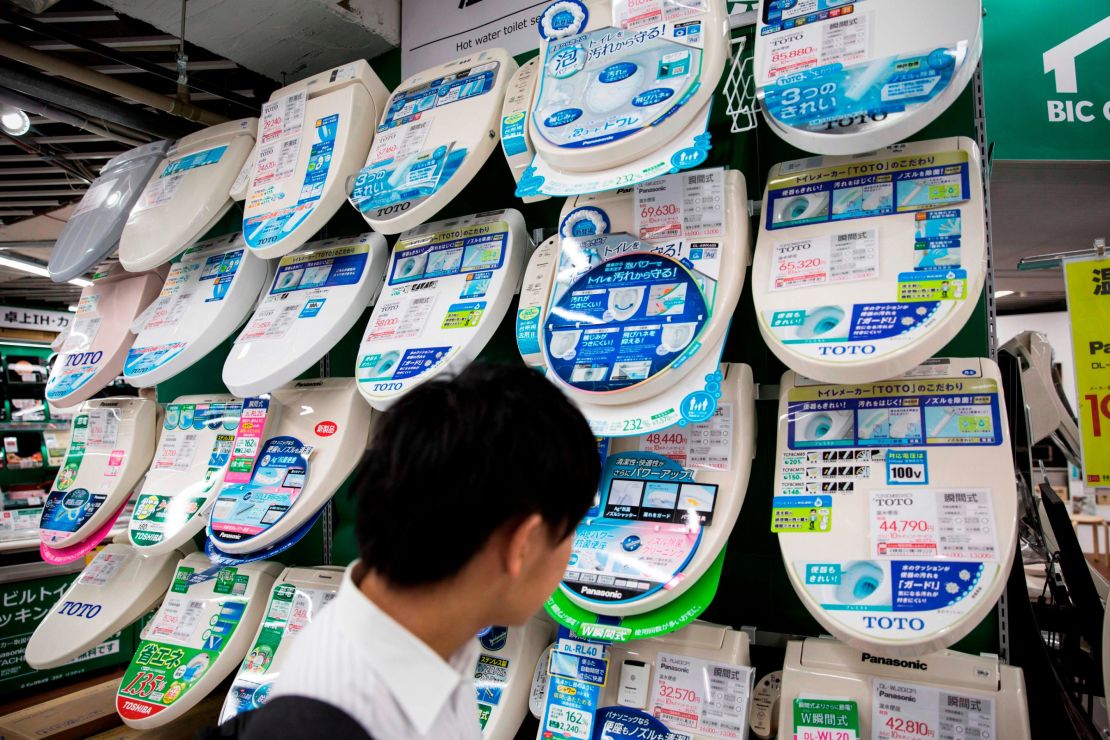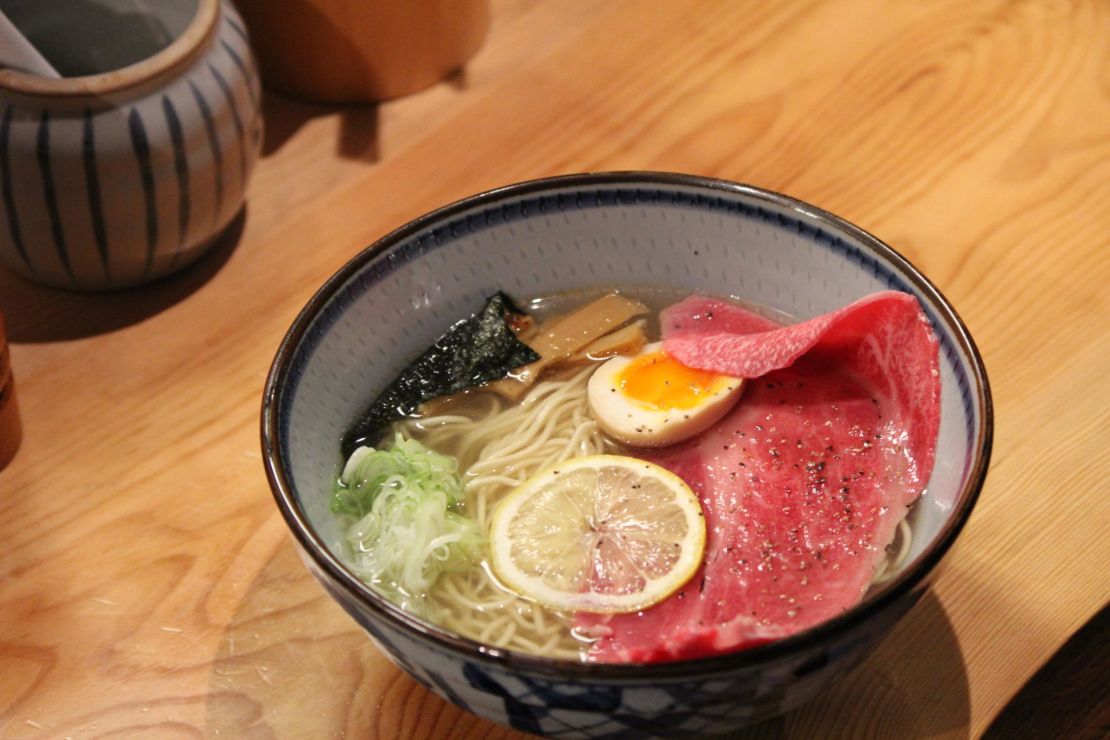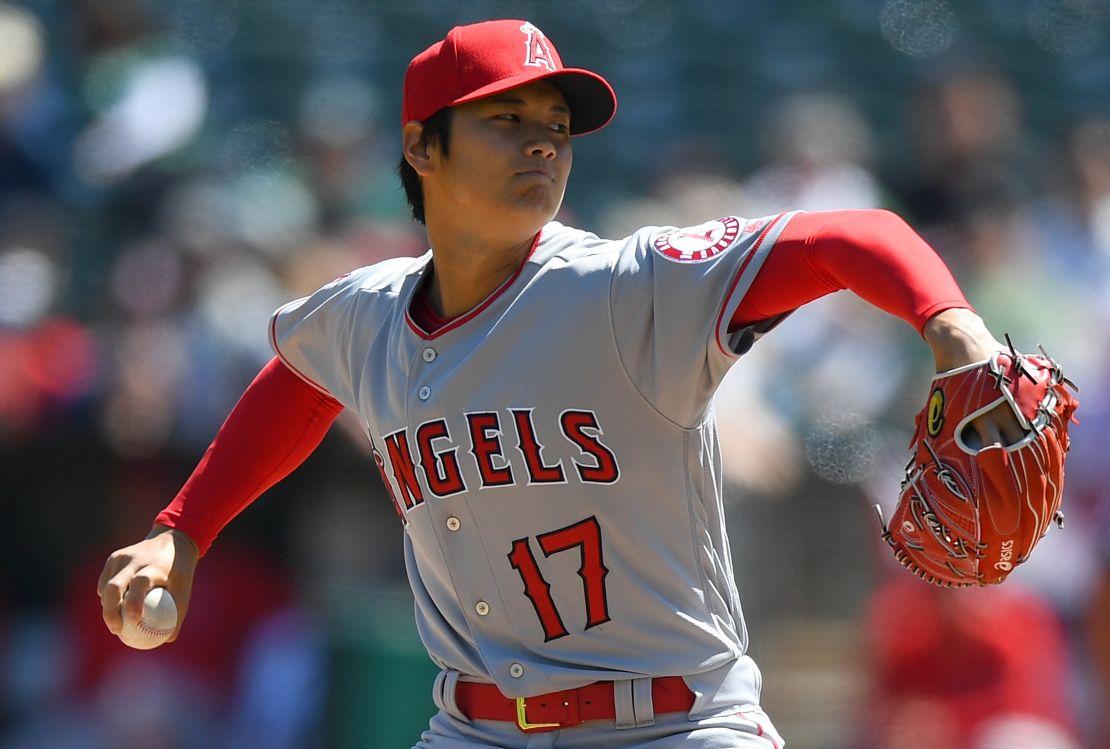Editor’s Note: Mike Raggett is the author of “101 Great Things about Japan – Anime to Zen” which contains more advice for those traveling to Japan. This article was originally published on April 1, 2019.
You’re off to Japan for the Rugby World Cup or thinking about making the trip. Enjoy it! It will be the experience of a lifetime. Here are a few thoughts that should help you take it to the max.
Culture shock
Arriving in Japan there’s a sense of culture shock. Everything is a bit different and however much you’ve prepared, it takes a while to get used to.
Language, signs, the people may at first seem unusual but you soon come to appreciate the contrasts that make Japan such a great place to visit. Teeming streets and crowded bars are matched by serene shrines and temples right beside the main streets as little oases of calm where people refresh themselves for the day ahead.
Go with the flow – make the most of your time here but find moments to be quiet and think about it too.
Rugby World Cup 2019: The host venues in Japan
Welcome
You might wonder what sort of welcome you’ll get in this country which seems so different. The Japanese are naturally polite, friendly and welcoming people and the fact that their call for volunteers was many times oversubscribed will mean that you get a very warm welcome both to the Rugby World Cup and to the 2020 Olympics and Paralympics.
READ: Remembering the shock of the century when Japan toppled South Africa
Japan’s ‘No-Side’ volunteers are expected to match those at London 2012 which set a benchmark for major sporting events. The phrase ‘No-Side’ is used at the end of a match and has become a symbol of respect, hospitality and solidarity.
Don’t be afraid to ask for help. And to make sure of a warm welcome here are a few tips.

Do
- Open your mind and your eyes and embrace the very different culture
- Enjoy the differences – Japan is unlike anywhere else in the world
- Learn a few words – as in most countries just saying please and thank you makes a positive impression
- Be polite and respectful of different ways of doing things – washing your hands at shrines for example
- Use the wonderful convenience stores – there are over 50,000 and they do snacks, coffee and all sorts of things you may need
- Travel by train as they are a phenomenon
- Get reception to give you a card or write the name and address of your hotel and any restaurants you plan to visit by taxi – English is limited among taxi drivers
READ: Why Georgia has rugby on its mind ahead of the World Cup
Don’t
- Be afraid of hi-tech loos – a down-below wash and blow dry is amazing
- Worry about signs – train, subways, major street signs are in English – but see above with regards to addresses
- Wear shoes indoors where there are tatami floors

- Eat in the street except right by the stall where you bought your street food
- Miss out on the experiences that await beyond the stadium – here are a few ideas
READ: Meet the rugby team fueled by 250kg of food
Go see
Apart from the match venues try to take in some quintessential aspects of Japanese culture:
- Take time to visit a shrine or temple or both
- Stroll in a Japanese garden or city park
- Relax in a hot spring or onsen
- Book a karaoke session in one of the hi-tech studios
- Feast your eyes and your stomach in a department store food hall
- Eat and drink in a neighborhood bar or izakaya they are much more fun than the standard restaurants, good as those may be with more Michelin stars than any other country.
Food and drink
While we’re on the subject you can always decide what you’d like to eat from the wonderful plastic food plates displayed outside or in restaurant windows. Oh and it’s not all about raw fish although sashimi is one of my favorite dishes.
- Try set meals – many places offer these combination trays with rice, pickles, soup and a main dish
- Drink some sake – you may need advice as there are many types. The higher the positive number, the drier the sake.
- Look out for craft beer outlets – it’s a fast growing sector in Japan and very good beers abound
- Eat noodles – ramen, soba, udon all delicious inexpensive meals with many sauces and toppings
- Try to find some okonomiyaki – a kind of pancake cooked in front of you it’s delicious and fun
- In the street takoyaki (octopus balls), yakitori (chicken skewers), gyoza (dumplings), dorayaki (pancakes), senbei (rice crackers) and mochi (sweet rice cakes) are all well worth a try

Sport
The Japanese enjoy their sport. They love the success that Kei Nishikori and Naomi Osaka are having in tennis. Baseball is the big one with players switching to and from the USA major leagues.
They are proud that the Samurai Blue have been at the last six FIFA World Cups and they are mad for sumo wrestling and golf.

READ: ‘The carpet was pulled from under me’ – ex-player on tackling depression after retirement
Rugby is growing fast and will become really big with Japan being the first Asian country to host the World Cup. It already has over 3,600 clubs and with 125,000, the fourth largest number of players of any country.
It’s appropriate that the first recorded game was in Yokohama in 1866 where this year’s final will be held. An early version of the game called kemari played from about 600 AD using a ball made of deerskin with the hair facing inside and the hide on the outside.

Locations
All the venues are in great stadiums and in interesting cities. Sapporo on the northern island of Hokkaido which hosted the 1976 Winter Olympics is a lively city with great shopping, eating and nightlife.
Kamaishi has a brand new stadium built as part of its recovery from the tsunami of 2011. It’s in the north of Honshu, the main island in a city set amid fabulous coastal scenery.
Tokyo
Tokyo is a city with so much to do and see it’s hard to know where to start but here are a few things you shouldn’t miss.
Go up the Tokyo Skytree and see the metropolis from the air, it’s breathtaking. Alternatively do the same from the Metropolitan Government Building in Shinjuku, it’s free and on a good day you can see Mount Fuji. Stay on in Shinjuku for the neon extravaganzas of Kabuchiko Street and the thousands of bars, restaurants and clubs in the streets surrounding the world’s busiest railway station.
Cross the road in Shibuya at the famous scramble crossing where 3000 people cross the junction at each change of lights at busy times.
After the hustle of the busier parts of Tokyo spend some time in the peaceful surroundings of the Meiji Shrine or in the north of the city very close to the Skytree, visit the Senso-ji Temple at Asakusa with access via the crowded and fascinating stalls of Nakamise Street.
Japan is famed for its gardens. You can experience these in Tokyo as well by going to the Shinjuku Gyoen which has a traditional Japanese, French and English gardens all in the middle of one of the busiest parts of the city. Other great parks are Hibiya, Ueno and the Imperial Place East Garden.
Kansai
The region south of Tokyo is called the Kansai and here you’ll find the venues in Osaka, Japan’s third-largest city, and Kobe.
Both are great port cities with excellent food, shopping – Osaka has the longest indoor shopping street, Tenjinbashi, in Japan – visitor attractions and entertainment.
READ: Could ‘adopted Welshman’ Warren Gatland coach the All Blacks?
Kyushu
There are three venues on the most southerly of the four main islands. It’ll be warm down here in September. Like most of the country Kyushu is very mountainous with the active volcano Mount Aso, last eruption 2016, in the center. Kyushu grows 60% of all Japan’s bamboo and they use a lot of it.
The venues are further north with Fukuoka a busy city with excellent shopping, eating and interesting museums. It’s full of sea air and green spaces, friendly, safe and clean.
Oita is on the east coast looking across to Shikoku and Honshu. It is in the highly prized area for hot springs centered on Beppu so don’t miss a chance to get in the hot tub. Oita is also famous for toriten – southern fried chicken – so try that in an izakaya.

Kumamoto is a bit further inland and surrounded by mountains. It has one of Japan’s best castles, a former samurai mansion and the peaceful Suizenji garden which includes the old route from Kyoto to Tokyo and a miniature Mount Fuji.
The town has two extensive examples of shopping arcades which are a feature of so many towns with chain and individual stores, coffee shops and bars. The city had huge success with a bear mascot it launched in 2010 so you are bound to come across Kumamon.
Taboo Tattoo
You may not see many of these. Players have been asked, and have agreed, to cover up tattoos, although some public places are considering relaxing this policy during the World Cup.
Japan has a long tradition of intricate tattoos but in the 1960s they became associated with crime syndicates known as yakuza and since then everyone else avoids tattoos or keeps them covered up in public.

More than half of the hot springs and resort hotels ban people with visible tattoos from using their facilities. It’s a case of ‘when in Rome’ respecting local preferences when it comes to showing off your tatts.
And finally
It may seem weird at times and it’s certainly wonderful so just embrace the differences and enjoy a great experience of sport, cuisine and culture.

































